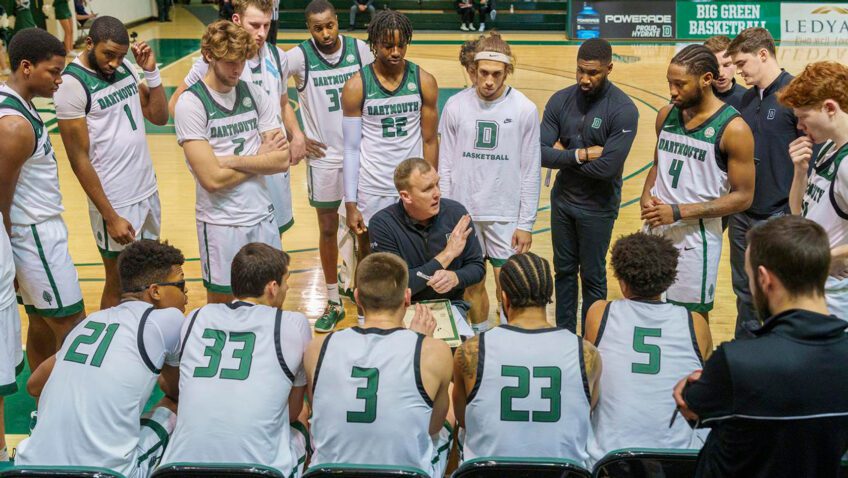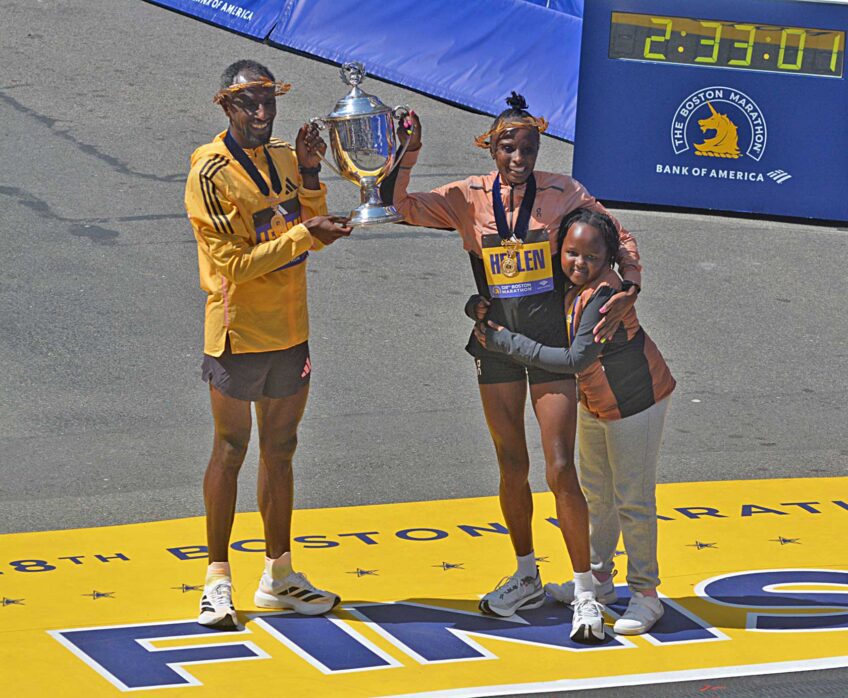

David Ortiz was named most valuable player for the 2013 World Series.
If the first World Series title of this century buried “The Curse of the Bambino” and the second threw dirt on the grave, then the third may finally put to rest the ghost of Jackie Robinson.
After the umpire called the final out of the World Series last week, Red Sox fans of every race, color, and creed erupted in the sort of elemental joy that only the Olde Towne Team can inspire — a soul-stirring pleasure that feels like redemption in a city built on Puritan gloom and Catholic guilt.
In the decades after World War II, blatant institutional racism emerged as an even darker side of the city’s heritage. When Army veteran Jackie Robinson showed up at the “lyrical band box of a ballpark” in 1945, the team offered a phony tryout, with no intention of ever signing the speedy hitter who went on to become the first African American in the major leagues and a star with the Brooklyn Dodgers.
Red Sox general manager Joe Cronin later passed on a chance to pick up a young phenom named Willie Mays from the Birmingham Black Barons for the Filene’s Basement discount price of $5,000.
In 1959, the Boston Red Sox, owned by South Carolinian Tom Yawkey, became the last team in baseball to integrate, and, perhaps not coincidentally, the one to suffer nearly the longest drought without a world title.
The contrast between the antebellum era of the Yawkey regime and the current team could not have been clearer as the eruption at Fenway Park — and in a million living rooms across Red Sox Nation — took place in the final hour of a balmy October night on the cusp of Halloween.
The undisputed star of the series was David “Big Papi” Ortiz, a Dominican of African descent, who has given more on and off the field to the fans of Boston than perhaps any player in the history of the carmine crew. In the 6-1 series-clinching victory over the St. Louis Cardinals, Ortiz walked four times, a testament to the power of his bat during his MVP post-season performance, which included hitting .688 in the series and sending a line-drive grand slam over the wall in a key pennant win over the Detroit Tigers. Ortiz starred in the 2004 and 2007 championships as well.
In becoming the face of the bearded Red Sox — whether at the plate, at the bodegas and barbershops of Jamaica Plain, or at scores of charity events — the massive designated hitter with the infectious smile has pushed to the background the resentment of fans from communities of color towards a team that for years was run more like a plantation than a professional sports franchise.
Under current owner John Henry, who helped register black voters in the South in the 1960s, the Sox have a racially diverse line-up, ranging from star Japanese closer Koji Uehara to 21-year-old Aruban shortstop Xander Bogaerts. While opening up the team, the management has also opened up the ballpark to a broader spectrum of fans.
The low point came in 1986, after coach and former Red Sox player Tommy Harper sued the team after getting fired for criticizing the Yawkey Way management for adopting a whites-only Elks Club in Winter Haven, Fla., as their unofficial watering hole. Harper complained that as far back as 1967, the team was handing out passes to the segregated club to only white players.
Harper’s dismissal took place one week before Christmas and less than a decade after the team signed an agreement with the Massachusetts Commission Against Discrimination to hire more black players, managers, coaches, grounds crew and ticket takers. Harper’s suit was settled out of court just a few months after the Sox lost the World Series to the New York Mets.
The irony for the Red Sox is that while the team is more open to fielding African-American players, fewer black athletes are opting for baseball. During the World Series, Boston’s utility outfielder Quintin Berry was the only black player on either roster.
Harvard Law School Professor Charles Ogletree, a high-school baseball star on his Merced, Cal., team and a Red Sox season-ticket holder for over a decade, says he was shocked by the paucity of black players on the field during the series. “On Jackie Robinson Day every April 15, when every player wears number 42, we must honor the memory of this baseball pioneer with more than just symbolism,” says Ogletree, adding that current initiatives to lure more black kids into baseball aren’t enough. “Boston was the last to hire an African-American player and should take the lead in making sure more black players are on the field in the major leagues.”
Dominican-born restaurateur Hector Pena arrived in Boston the same year Harper sued the Sox. Few black fans sat in the bleachers at the games in those days. Violence against black fans dating from the volatile busing years in Boston had faded but few saw a welcome mat at the park for spectators of color. That began to change in the ‘90s, he says, with the arrival of star Dominican players like Pedro Martinez and Manny Ramirez, who patronized his eateries in the South End and Roxbury.
In 2002, the Yawkey Family Trust sold the Red Sox, ending the family’s ownership of the team. In 2004, the team won its first World Series against the St. Louis Cardinals. Slugger Manny Ramirez was named Most Valuable Player. “The Curse of the Bambino,” said to have
descended over Fenway after team owner Harry Frazee sold star pitcher Babe Ruth to the New York Yankees in 1919, was lifted with the end of the 86-year World Series drought.
By the time of the second Red Sox title of the century, in 2007, Fenway Park had become a different place — fan-friendlier, cleaner, more diverse, and, yes, more expensive.
“Now there is a big connection to the community,” Pena says. “People feel inspired to go.”
Other changes have taken place as well. Tommy Harper is now a consultant with the Red Sox. African-American coaches lead teams from the dugout. A black man sits in the White House and another leads Massachusetts from the corner office at the State House. And the two Irish-American candidates for mayor of Boston vied with one another in the home stretch of the campaign to see who could most fervidly denounce institutional racism in the Boston Police Department.
Meanwhile, Ortiz has entered a rarified world for Boston sports heroes — a three-time World Series champion and a leading healer in a city still recovering from the Boston Marathon bombing. The novelty of a black Dominican having reached those heights with a team that not so long ago was notoriously racist hasn’t escaped Pena.
Nor has it eluded state Rep. Byron Rushing. The South End lawmaker and historian says the change is long overdue. “It’s never been about the curse of the Bambino,” says Rushing. “It was the curse of Yawkey’s racism. If they had hired a few black players, they could have done a lot better.”
Yawu Miller contributed to this report.






